
Yarns from the farm
Share in the moments of joy and sorrow, frustration and hilarity as I learn to grow the finest wool in the world in the most sustainable way I can.
Read the latest post:

Choose Your Weapons Wisely: Disinformation and you
Countering disinformation is less a war, and more a series of duels—each of us pitted against bad actors who are acting in their own best interests rather than ours. Winning these duels requires a suite of weapons as well as the skill to wield them effectively. We’ve talked about bringing awareness and objectivity when deciding whether a claim is suspicious. We also need help from experts.

Shoshin: Wisdom of the Beginner's Mind
In a recent conversation with good friends from Berkeley (thank goodness for Zoom!) we were talking about how to keep a genuinely open mind—about anything. The context was a recent epiphany on my part about how fixed my thinking had become with respect to fly strike, and the way that circumstances had rather abruptly forced a few critical cracks in my well-established thinking on the topic.
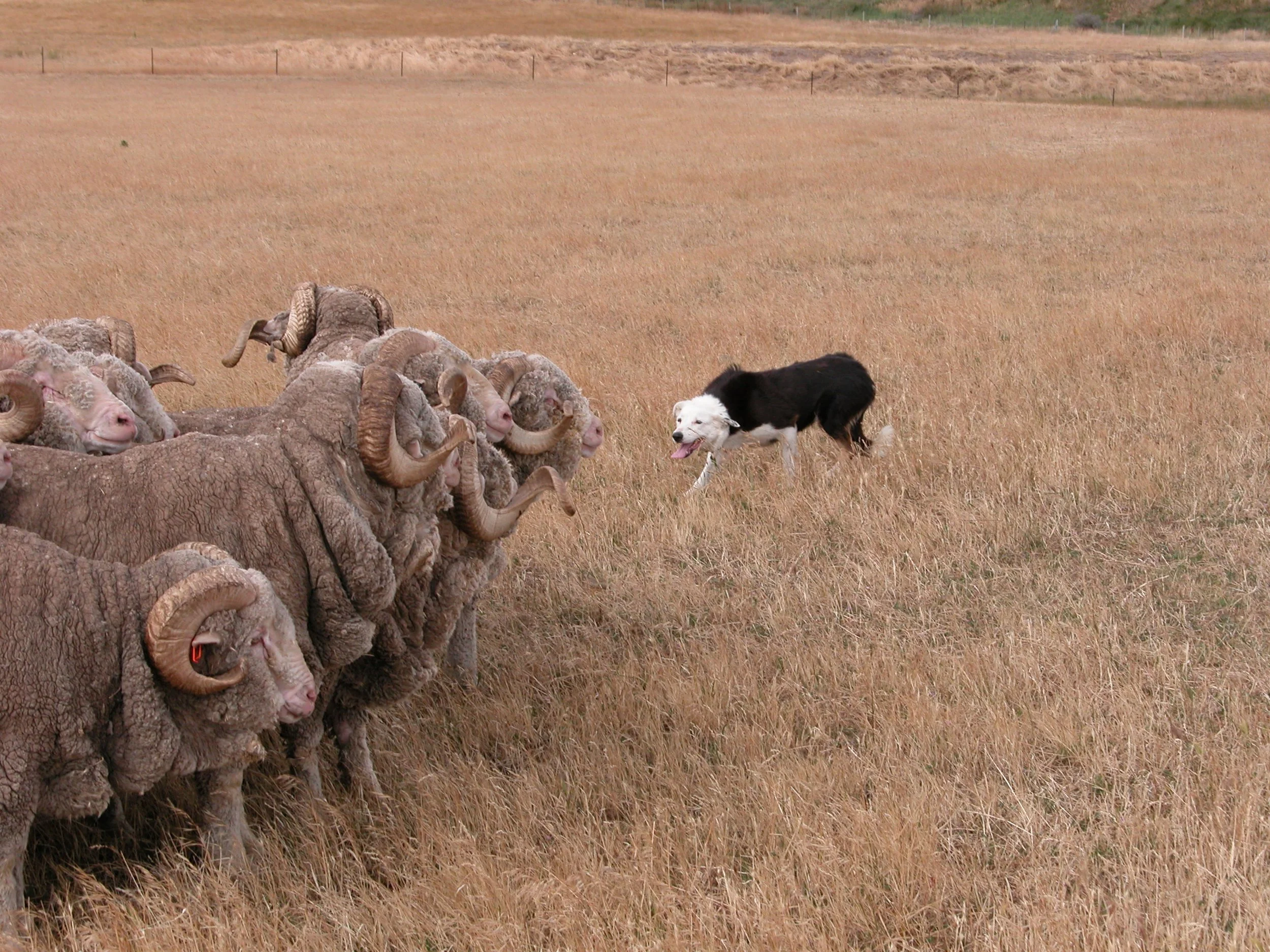
Changing of the Guard
I don’t know why I seldom write about my working dogs. Maybe it’s precisely because they are such an integral part of my life. It would be like writing about the sun coming up in the morning—a common miracle. When I do stop to reflect, I’m amazed all over again at the way my dogs and I can forge a bond through work that transcends the seemingly insurmountable barriers separating two different species.
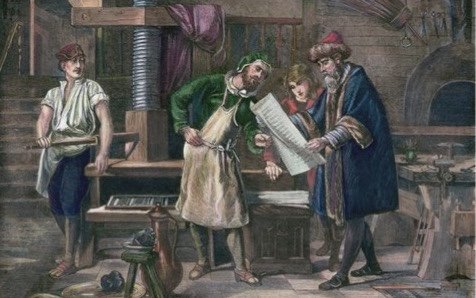
Who Gets to Say?
Those who control the megaphone control the message. In the days before Gutenberg invented the first printing press, even the Bible was only available to those who could read Latin and had access to precious hand-copied versions. While printing revolutionised access to the text of original documents, people still had learn to read if they wanted to make their own judgements about the truth, rather than be swayed by the rhetoric of others.

Truth or Consequences: Disinformation, misinformation and you
Is the following claim, made in early January of this year, true? ‘Zinc supplements can protect against COVID-19; zinc kills the virus, and zinc ionophores are a zinc delivery system that allows zinc to go from outside the cell to inside the cell.’
Although it’s plausible, it’s unsupported by any evidence in humans. It is being promoted online by a family physician, Vladimir Zelenko, who is selling a dietary supplement called Z-Stack.
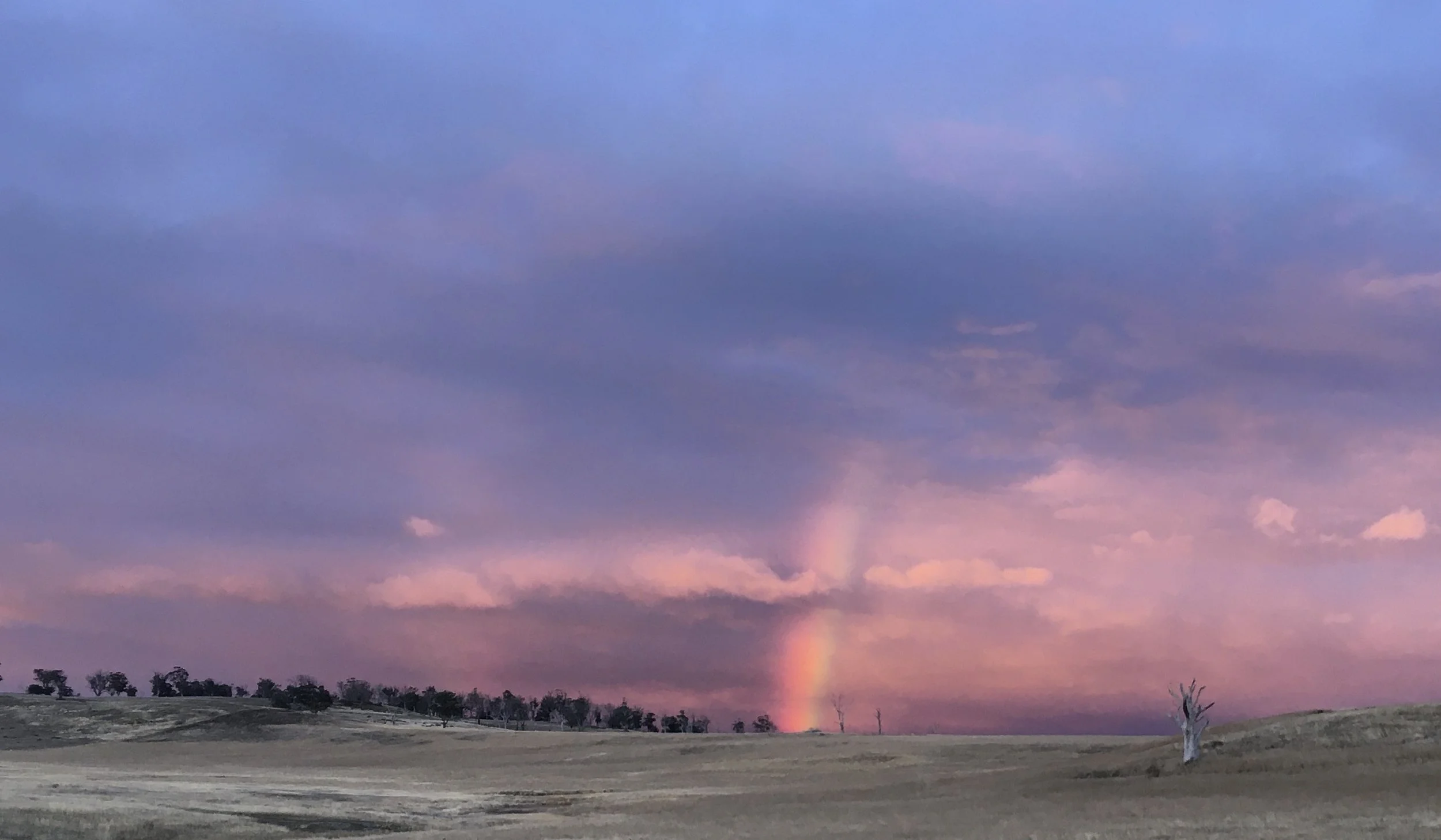
Gifts
This morning I saved a baby swallow who was caught in the tangle of flowers at the base of my floor-to-ceiling window. I first noticed Mama or Papa swallow apparently trying to get to my Christmas tree through the window, hovering and crying. The other parent was circling near by. As soon as I lifted baby up out of the flowers, it flew away with its parents, though Mama circled back and dive-bombed me—either to say thank you or to chastise me for setting a trap for her baby.

Slow Wool
Let’s face it: sheep are slow. Not their mental acuity, which is sharp as a tack in their proper cultural milieu. I’m referring to their preferred speed of locomotion, which is a saunter, at best. Until recently, though, my concept of slow wool was confined to the need for me to slow down to sheep time, which is essentially endless, and to go with the flow of wind and topography as the flock chose its preferred direction of saunter. This winter, though, I’ve added a whole new layer to slow wool—I bought an upright shearing platform.

Enhancing Biodiversity: Fire
We tend to think of fire as a predominantly destructive force—mesmerising and often beautiful to watch, but ultimately a threat to our livelihoods, property and even our lives. On my own farm, I have been deeply wary of using fire deliberately because of fear of it getting out of control. I used it to burn off gorse (before I learned the error of my ways) and even with professionals to help with control, found it a nerve-wracking experience. I’ve also had two bushfires start accidentally, one from lightning and one from a careless cigarette tossed out along the highway.
Watching the recovery from those three fires, though, taught me there is a benefit in the renewal of plants and diversity following the fire’s devastation, and those ideas have slowly (very slowly) led me to the study of Indigenous cultural burning.
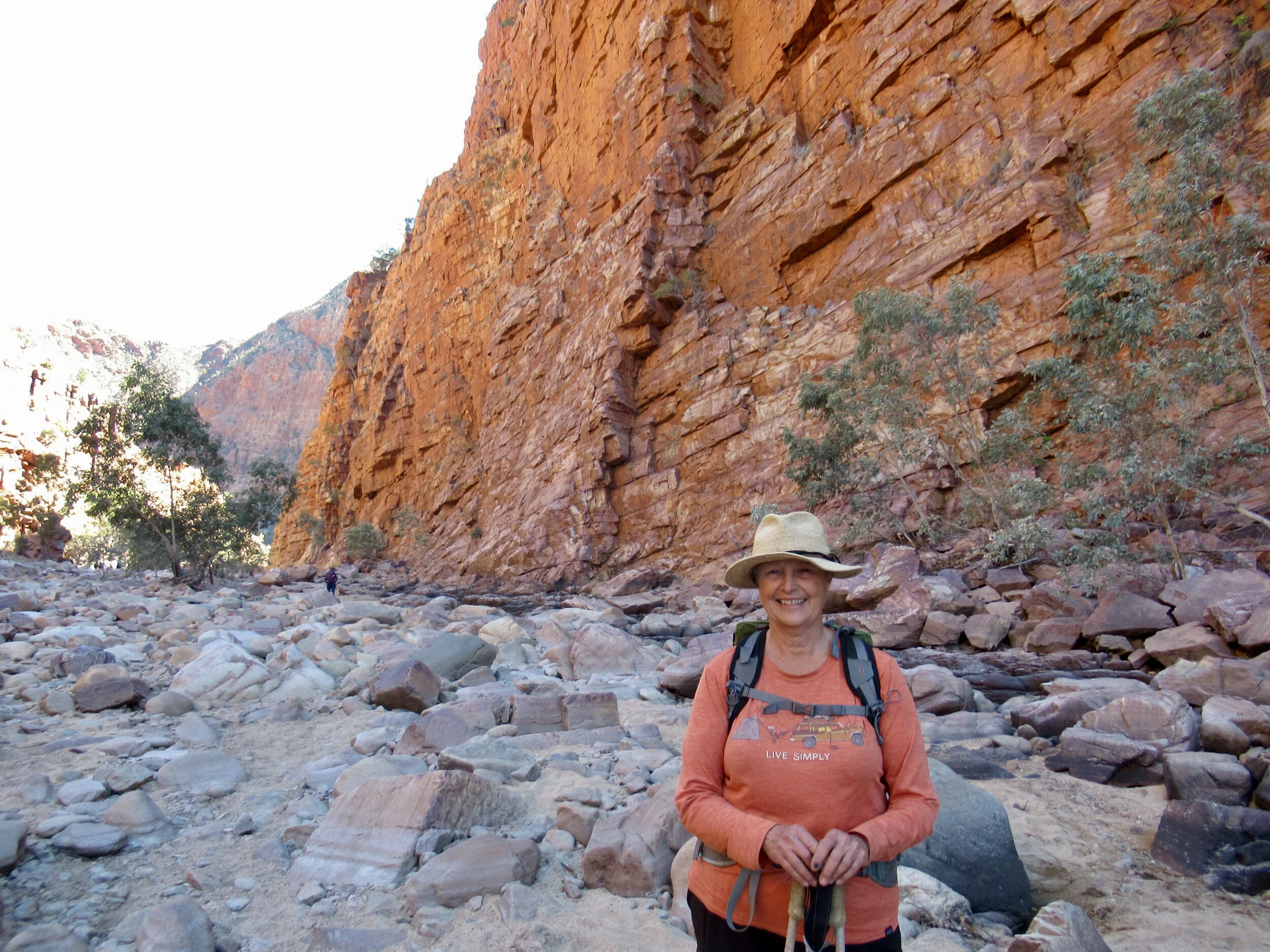
Enhancing Biodiversity: Bush Tucker
In honour of NAIDOC week (4 -11 July) celebrating Aboriginal and Islander culture, I’m taking a side trip into the topic of bush tucker. During my hiking trip in Central Australia in late June, I had the privilege of listening to two indigenous presentations on bush tucker and bush medicine. I was struck by two things in these presentations: the intensity of the flavours of the foods and the depth of indigenous knowledge about the plants in their system.

Enhancing Biodiversity 2: Grazing
Why is there an image of a humpback whale’s ‘bubble net’ at the beginning of this article? Well, it’s a story about grazing and biodiversity, and such a cool one that I couldn’t resist using it as the lead-in. The image captures the line of bubbles the whale leaves as he creates an acoustic net to trap small fish and then scoop them up.
Coming back to solid ground, grazing in farmland and bush is, like chocolate and carbon dioxide, a good thing in moderation. Grazing helps more sensitive plants that might not be able to compete with the most robust plants in the system (e.g. cocksfoot grass, silver tussock native grass) by opening up the plant canopy to allow sunshine in for photosynthesis.
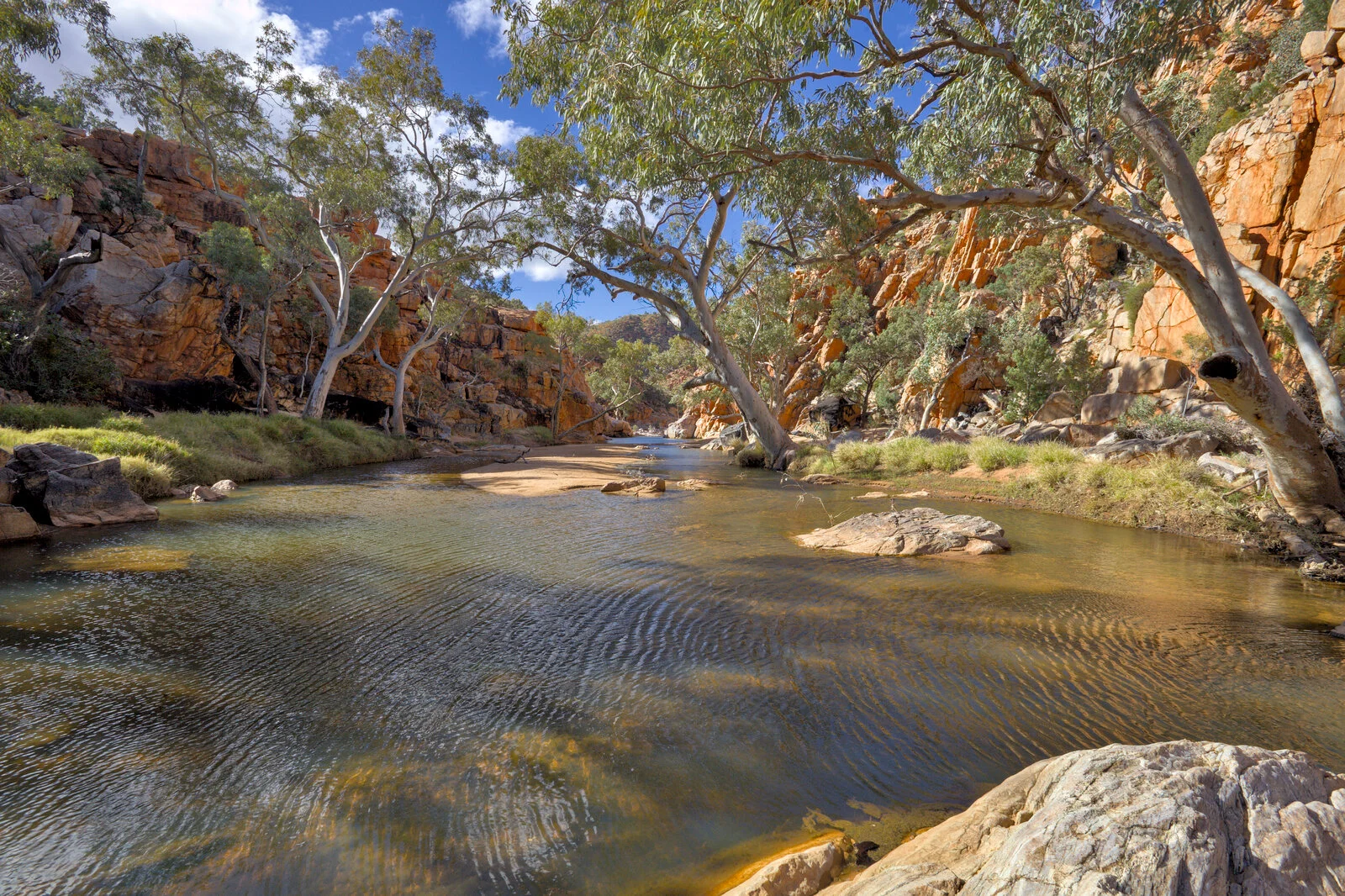
An Ounce of Prevention--Taming the Virus
I got so excited about getting my vaccination, I decided to write this article for our local newspaper, rather than the one on I was planning for this issue. Getting my jab makes it possible for me to do a long-planned hike in the Northern Territory, and under the new rules, I’ll be able to quarantine at home on the farm if things go pear-shaped while I’m away. We’ll return to the Biodiversity series for the July edition.

Enhancing Biodiversity: Taming Gorse
If you can’t say somethin’ nice, don’t say nothin’ at all.
—Thumper from ‘Bambi’
Surprisingly, there are several nice things I can say about gorse, despite its notorious dominance in the woody weed stakes for Tasmania.
Gorse is (you guessed it) extremely nutritious, with high protein levels, comparable to other legumes like lucerne. In the 1800s, when horsepower really meant work by animals with four legs, gorse chaff was the primary winter feed for the working horses of Great Britain. In fact, land where gorse was cultivated was taxed at a higher rate, as it was considered such a valuable asset.
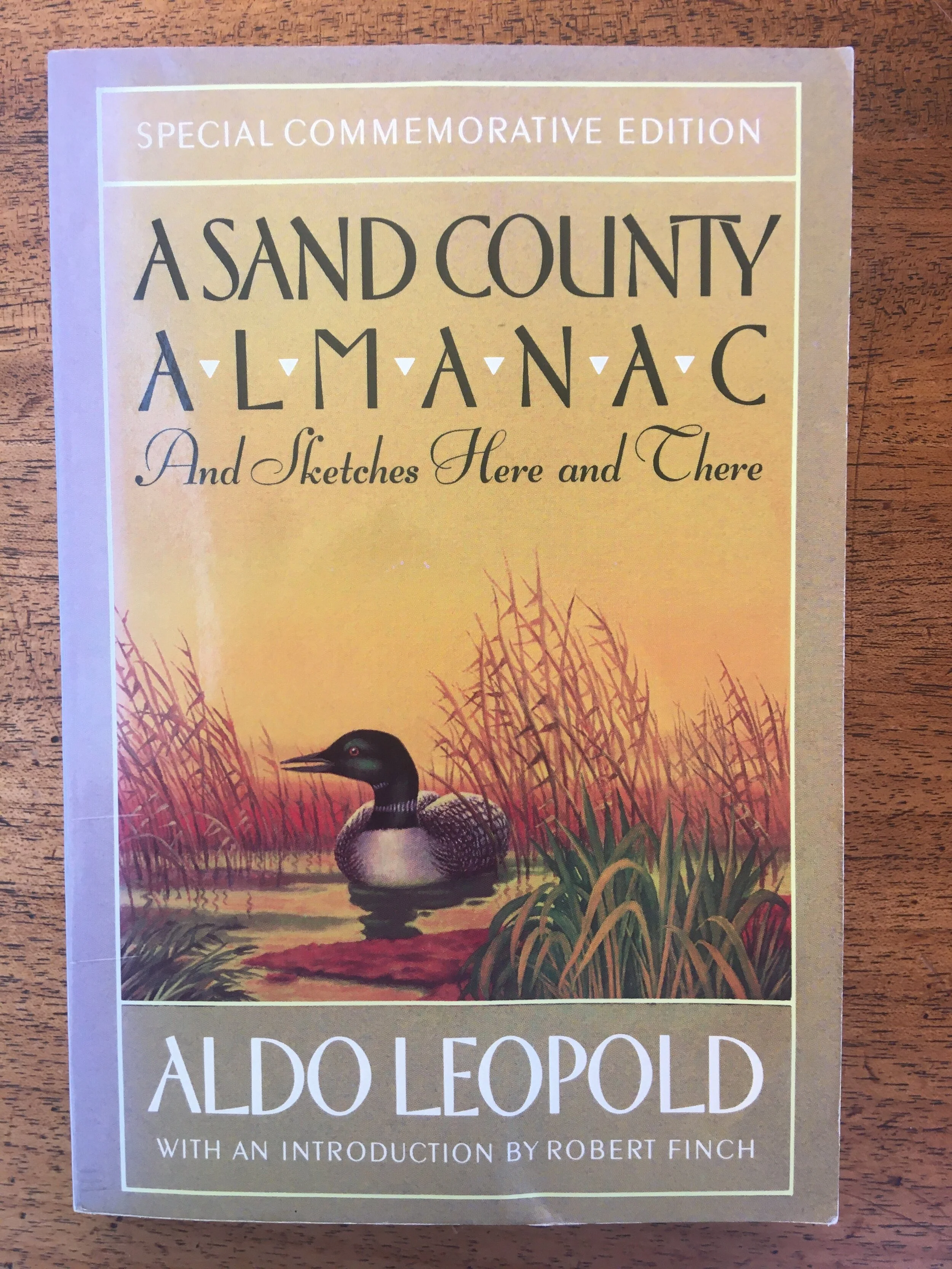
Thinking Like a Mountain
During a recent podcast interview, I was asked to explain what I meant by a ‘conservation land ethic”, one of my three components of White Gum Wool production integrity. I have to say I struggled to answer the question succinctly, and even when I tried to be clear, found myself becoming quite emotional, nearing tears at a couple of points. I know I have an intimate connection to the land for which I’m responsible. And I can articulate some of the more obvious ways in which my responsibility is conservationist and ethical, but I was shaken by just how emotional my response was, and how inarticulate I felt in trying to share it.

Biodiversity and Weeds
In the world of Dr Seuss, weeds would be plain-belly sneetches. Their close relatives, the star-belly sneetches, would be the rest of the plants—the ones we think we want around. Of course, shyster McBean so mixes them up with his star-on, star-off machine that in the end the sneetches decide to quit worrying about who has stars on thars.
And that pretty much sums up the most useful approach we can take to weeds: with a very few exceptions, it matters not at all to the consumers of plants who has stars on thars.

Biodiversity and Nutrition
Biodiversity is not just a pretty face. It’s critical for nutrition for animals of all descriptions, including us.
All plants have developed chemical defences to keep from being overeaten. Known as secondary compounds, these are sophisticated chemicals like tannins and alkaloids. Oregano, for instance, a common culinary herb, boasts 26 different secondary compounds.
Secondary compounds do a couple of key things for us mammals. First, they limit how much we want to eat of a given plant, by making us faintly nauseous if we eat (or drink) too much of it. Think of the way your tummy feels after the 4th cup of tea or coffee, even SGC (seriously good coffee).

Biodiversity
A note to my Yarns from the Farm Readers—I’ve started another series for our local newspaper on biodiversity. This is the first instalment. Nan
Through no fault of its own, the term biodiversity has become either a mantra or a swear word, depending on which side of the divide between development (including agriculture) and conservation you inhabit.

Dancing With the Sheep
The latest experiment in the WGW saga is adopting lambs, rather than breeding them. While this may sound not just radical, but counterproductive, given my strong emphasis on leaving babies with their mothers to learn how to manage in the environment, I’m at least reasonably sure it’s not.
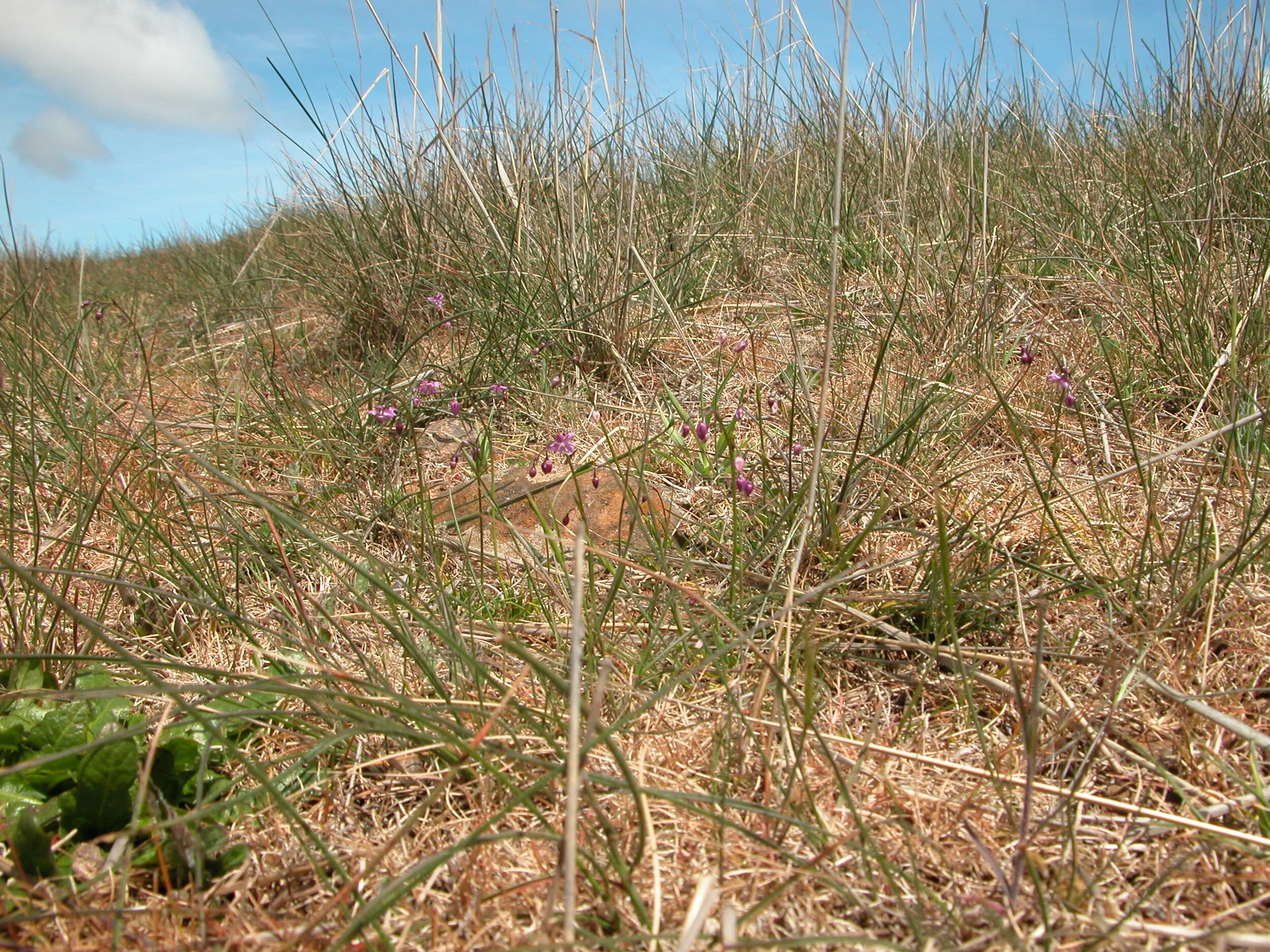
Climate Change Series Recap
Looking back over the series I’ve written on the science behind climate change forecasts, we’ve covered a lot of ground. In this final article, I’ll take a birds-eye view of the earlier articles.
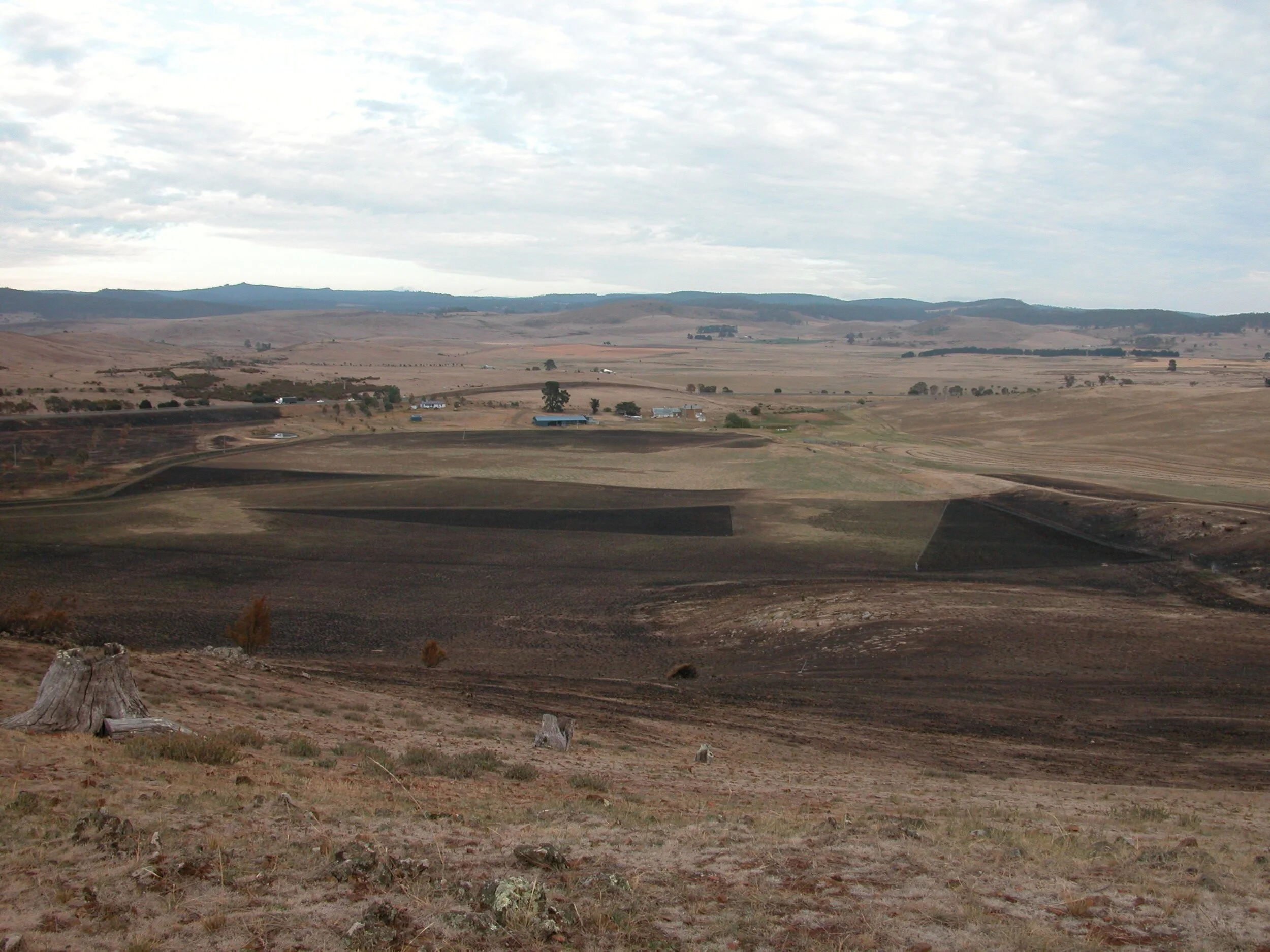
A Sunburnt Country
Although I am not at all superstitious, in the two months since I began writing about runoff and flooding, we’ve had four significant recharge events and the landscape is decidedly soggy for the first time in about five years! So, I’m wary of the possible consequences of writing about bushfire risk at this juncture, especially given the likelihood of high fuel loads after all this lovely rain.

Of Drought and Flooding Rains
Last issue I promised you an article about extreme weather events related to climate change. I will now confess that I’ve really struggled to write this article. While all of us who live close to the land have a feeling that things are not as they were even a couple of decades ago, Australia’s naturally variable weather patterns can easily obscure the effects of climate change.










